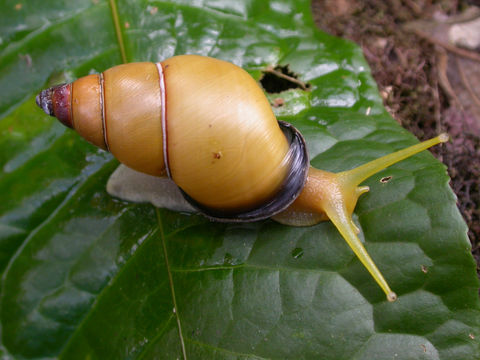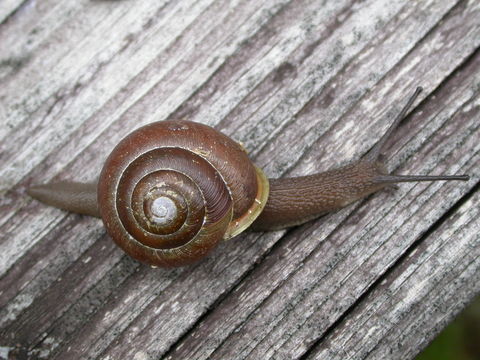
Classification
Kingdom: Animalia

The kingdom Animalia has a few unifying
characteristics for all of its species. They have
eukaryotic cells that are complex because of their different types
of tissues (Kingdom- Animalia, 2003). These tissues are made up of cells grouped together to
perform a common function (Kingdom- Animalia, 2003). Animals also require oxygen for
metabolism (Kingdom- Animalia, 2003). They have the ability to reproduce sexually creating
genetic variation, however some animals reproduce asexually (Kingdom-Animalia, 2003). Lastly,
some are motile but that is dependent on the development of their
skeletal-muscle system
(Kingdom- Animalia, 2003). All of these
characteristics are necessary for the survival of animals.
Phylum: Mollusca
The phylum Mollusca is characterized by animals with three specific parts of their soft bodies that lack a vertebrae (Kingdom Animalia, 2012). The first is the head-foot which contains structures that allow for movement and sensing its surroundings (Kingdom Animalia, 2012). Next is the visceral mass which makes up a large portion of the body because it contains the necessary structures for excretion, digestion, and circulation (Kingdom Animalia, 2012). Lastly is the mantle, this structure creates the shell (Kingdom Animalia, 2012).

Class: Gastropoda
The class Gastropoda lives mainly in marine habitats, however there are some exceptions such as Mesodon mitchellianus which is a terrestrial snail (Kingdom Animalia, 2012). In early stages of development, their visceral mass becomes protected by a coiled shell (Kingdom Animalia, 2012). The shell grows with the animal throughout its life (Kingdom Animalia, 2012).
Order: Stylommatophora
M. mitchellianus fits into the order of stylommatophora because they are terrestrial and have two sets of tentacles which help them sense their surroundings (Gastropoda, 2002). The posterior set of tentacles are retractable and have eyes located on the top (Gastropoda, 2002). The other set of tentacles are used for taste and smell (Gastropoda, 2002).
Family: Polygyridae
All snails in this family have an imperforate shell, as an adult, that is either globose or depressed which they can retract into (Baker, 1939). Most animals in this family have a textured and rough body surface (Baker, 1939). The length of the body is two times that of the diameter of it's shell which is between 5 mm and 40 mm (Baker, 1939).
Characteristics of the genus Mesodon include living on land and breathing air using a specialized lung (Invertebrate Diversity, 2010). Mesodon have a heliciform with a striated shell and an imperforate umbilicus (Dourson, 2010).
Species: Mesodon mitchellianus
Mesodon mitchellianus is unique because of its closed umbilicus (Binney, 1885). Since there is no opening in the shell, M. mitchellianus is given the common name, the "sealed gobelet" (Binney, 1885). The Latin prefix meso- means middle and the suffix -odon means to tooth (Wordaz, 2012). Mitchellianus is named after J.K. Mitchell, M.D. (Pilsbury, 1940). Mesodon mitchellianus translates from Latin meaning middle-tooth land snail (Wordaz, 2012).
